Which fruits are preferred by diabetic patients?
Under different circumstances, the first choice of fruit is naturally somewhat different. Under regular circumstances, eat some fruit to relieve cravings, according to their own preferences can be selected; poor glycemic control, you should choose low-sugar, low glycemic index category of fruits; the emergence of hypoglycemia, the choice of glycemic index is high, high sugar content of the fruit.
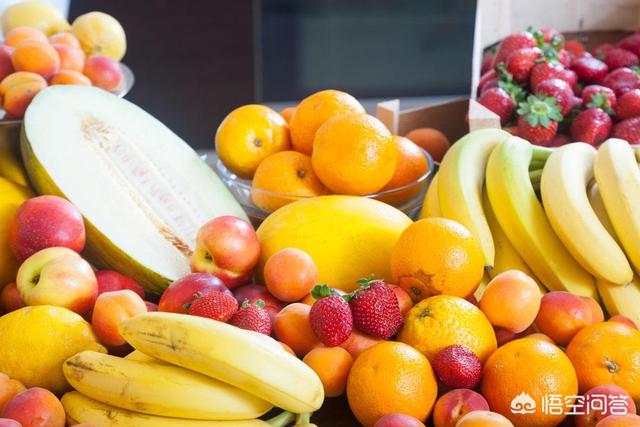
I. Fruit selection in regular situations
with regards toGlucose patients with good glycemic control (fasting below 7.0 mmol/L; postprandial below 11.1 mmol/L)There are no requirements for the selection of fruits.Just come to preferred fruits according to your preferences.
For example, if you say you like watermelon and grapes, those two fruits are your first choice; if you like peaches and lychees, they are your first choice.With good blood sugar control, eating fruit can just be so arbitrary.
Of course, it's still important to watch the amount and never let go of the food.
Second, poor glycemic control, the choice of fruit
When the blood sugar situation is not well controlled, for example, fasting is often at 8.5mmol/L, postprandial is often at 13.0mmol/L, and glycated hemoglobin is around 8. At this time, when we choose fruits, we can't be so capricious, and can only eat some fruits that have less impact on blood sugar.
For example: tomatoes, cherries, strawberries, plums.
For some fruits with high glycemic index and high sugar content, it is best to avoid them. Originally the blood sugar control situation is not good, but also eat some of the fruits that have a big impact on blood sugar, that is not adding fuel to the fire?
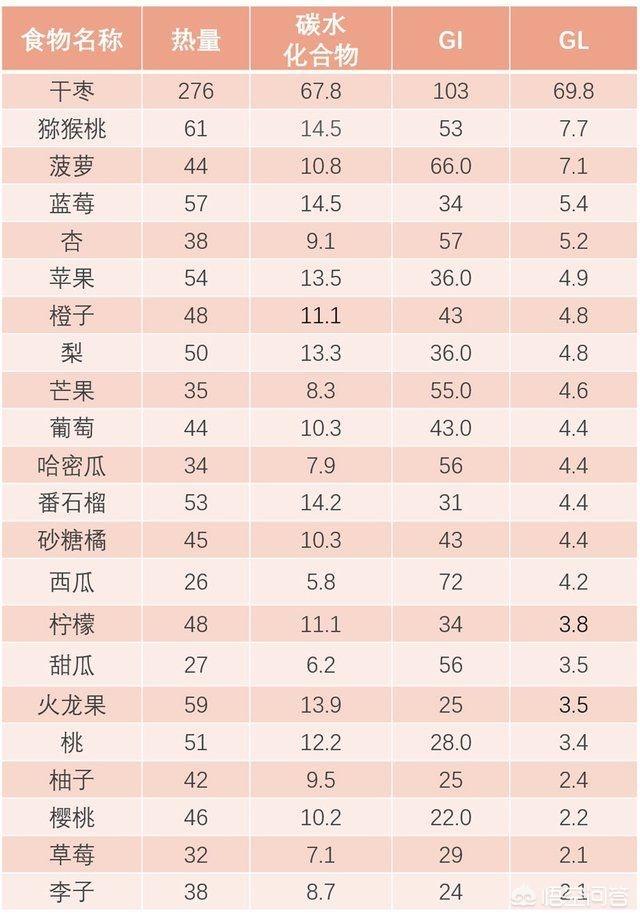
Third, low blood sugar situation, the choice of fruit
When we sugar addicts developPanic, hand tremors, cold sweatsWhen you are in a situation where you are consuming fruits, this is exactly the opposite of what you would choose if you had poor blood sugar control.
At this point.Fruits with a high glycemic index and high sugar content are the absolute first fruits.
For example: raisins, dried dates, watermelon.
Although watermelon is not particularly high in sugar content, it has a high glycemic index, which can quickly raise blood sugar in a short period of time and keep sugar lovers away from hypoglycemia.
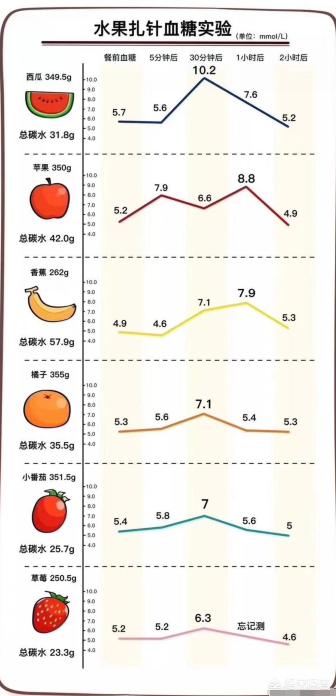
Overall, the choice of fruits for sugar lovers varies in different situations. We can just make choices according to our own actual situation, combined with the glycemic index and sugar content of the food!
It's not easy to create, so if you find it helpful, please like, retweet, or comment! If you still don't understand, please leave a message in the comment section!
Many sugar lovers will think that fruit is very sweet to eat, the impact on blood sugar should be greater, do not dare to eat, in fact, the impact of fruit on blood sugar is not as terrible as imagined, although fruit is rich in glucose, sucrose, but fruit is rich in water, high content of dietary fiber, which help to reduce the "glycemic load" of the fruit (the lower the glycemic load, the intake of an equivalent amount of food on blood sugar will be less). (the lower the glycemic load, the smaller the impact of intake of an equal amount of food on blood glucose), as long as the control of intake, for sugar users to eat a little bit of fruit is acceptable, and fruit nutrient-rich, good taste, can be pleasurable, improve the sense of satisfaction, replenishment of nutrients, sugar users in moderation, in fact, the benefits outweigh the drawbacks. However, fruit in the choice should also pay attention to, try to choose those who have a lower degree of influence on the blood sugar of sugar lovers to eat.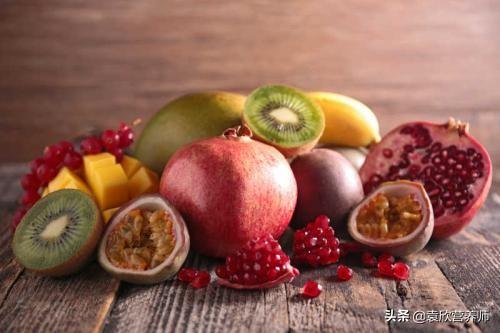
There are actually quite a few fruits suitable for sugar lovers, we can observe the "glycemic index" of fruits, the glycemic index can be a more intuitive response to the size of the impact of equal-quality food on the degree of glucose per unit of time, the higher the glycemic index of the food, sugar lovers consume a stronger reaction to blood glucose, it is less suitable for sugar lovers to consume, in general, higher than the glycemic index ( In general, foods with a glycemic index (GI) higher than 55 belong to the higher glycemic index, foods higher than 70 should be controlled and eaten as little as possible, and foods higher than 80 should be avoided as much as possible.
Fruits with low glycemic index: apples, pears, kiwis, oranges, tangerines, peaches, mangoes, papayas, strawberries, cherries, and grapefruit, all belong to the fruits with low glycemic index. Some of you may ask, oranges, tangerines, peaches, mangoes and papayas are so sweet, they belong to low glycemic fruits? Measuring how the glycemic index of food is, you can't just judge it from the taste, for example, banana is a typical fruit whose glycemic index is not very high, the glycemic index of banana is about 52, which belongs to the medium-low level, but bananas are so sweet because bananas are rich in fructose, which is a kind of sugar whose sweetness is about two times higher than that of glucose and sucrose. Fructose is a sweetness than glucose and sucrose about 2 times higher than the sugar, but its metabolic process and glucose is completely different, the impact on blood glucose is very small, so although the banana is sweet, but the impact on blood glucose will not be very large, only that the banana's total sugar content is on the high side, if you eat a lot of sugar will also be accumulated to increase the glycemic load, the impact on blood glucose will be larger, and similar fruits and grapes.
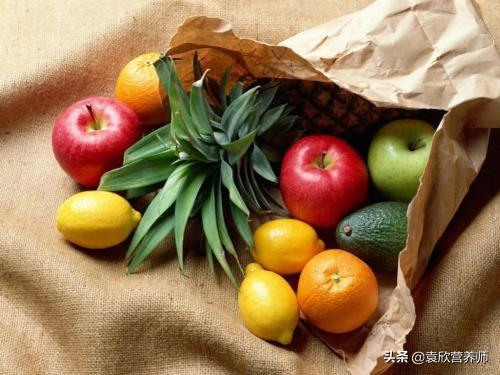
There are also some very special fruits, such as watermelon, most of my friends must feel that diabetic patients should not eat watermelon, so sweet, on the blood sugar is certainly not good. In fact, watermelon is also a sugar lover can choose the fruit, watermelon glycemic index is indeed very high, even as high as 75, but watermelon in the water content is relatively rich, dietary fiber is also sufficient, the glycemic load is low, as long as a small amount of food, the degree of impact on the blood glucose is relatively small (200g or so), if eaten in excess, the impact on the blood glucose will be greater, recommended a one-time intake of 100 ~ 150g.
There is also a more special fruit - dragon fruit, dragon fruit flavor is on the light side, a lot of sugar lovers think that eating dragon fruit on the blood sugar impact must be very small, dragon fruit belongs to the middle and high glycemic index of the fruit, the GI value of about 59, although it is not very high, but eaten more than enough to cause a greater threat to the blood glucose, and it does not belong to the low glycemic index of the fruit. Dragon fruit happens to be a fruit with a slightly lower percentage of fructose, while sucrose and glucose are prominent, so it's not very sweet to eat, but that doesn't mean it's suitable for sugar lovers. Higher glycemic index, the sugar content is also higher in the fruit as far as possible, eat less or do not eat, such as common lychee, durian, cinnamon, pineapple, fresh dates, hawthorn.
As we all know, diabetics have to restrict their diet and many foods are only for diabetics to look at and not eat. Some people think that diabetics can't eat fruits because most fruits contain more sugar. However, in fact, diabetics can eat fruit, just need to be selective in eating fruit.
In terms of selection, diabetic patients should choose fruits with relatively low sugar content and a slower rate of blood glucose elevation. In addition, different diabetics may have certain differences in their sensitivity to the sugar content of fruits, and the choice of fruits should be based on their own practical experience. For example, kiwis, strawberries and blancmange are lower in sugar content and more suitable for diabetics, but bananas, jujubes, lychees, red fruits, pineapples and grapes are higher in sugar content, so diabetics should not consume them. For the choice of fruits, the specific analysis is as follows:
1, the recommended choice of fruit should be less than 10 grams of sugar per 100 grams of fruit: including cucumber, watermelon, oranges, grapefruit, lemons, peaches, pineapple, strawberries, cherries and so on.
2, carefully selected fruits: 11-20 grams of sugar per 100 grams of fruit: including bananas, melons, oranges, apples, pears, lychees, mangoes and so on.
3, should not choose the fruit: per 100 grams of fruit containing more than 20 grams of sugar in the fruit, including red dates, persimmons, raisins, cinnamon and other dried fruit, dried fruit is also prohibited from eating. Fresh fruits with particularly high sugar content, such as red Fuji apples, persimmons, cantaloupe, rose-scented grapes, yellow peaches, etc. should not be consumed.
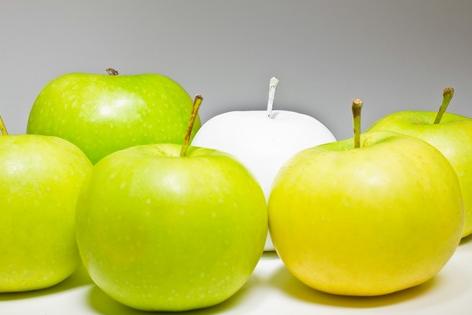
In addition, diabetics need to be careful when eating fruits:
First, eat fruit "time" to be right: sugar friends best in the blood sugar is relatively stable, fasting blood sugar 7.8mmol / L or less, 2 hours after meals, blood sugar 10mmol / L or less, glycated hemoglobin 7.5% or less selective eating fruit.
Second, eat fruit "time" to be right: just eat a meal, it is not recommended to eat immediately. Fast food, before the meal is not recommended to eat, easy to make the blood sugar rise very high. Fruit can be eaten as a meal, two meals in the middle of eating time to eat.
Third, eat fruit "amount" to be appropriate, generally can eat about 200g of fruit per day, at the same time to subtract these fruits corresponding calorie staple food.
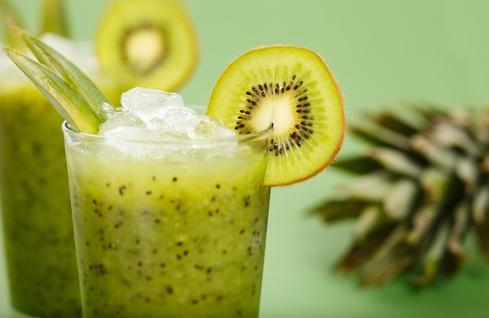
Click on the bottom of the page [Learn More] to see more answers or ask the doctor a question for free!
Follow "Family Doctor Online" headline, more health Q&A easy to see~~~~
Thanks for the invite.
Diabetics can eat fruit, fruit is rich in fructose, glucose is less, fructose metabolic process and glucose is not the same, fructose will be generated in the liver neutral fat, but in the role of insulin transported to the cell, therefore, will not easily let the blood glucose spike, therefore, although the fruit has a sweet taste, but nutrient-rich, dietary fiber-rich, do not let the blood glucose spike, diabetic friends do not have to exclude the eating of fruit! Therefore, diabetic friends don't have to reject eating fruits.
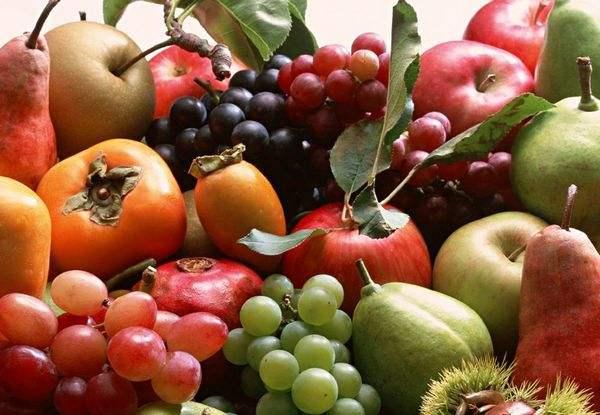
Generally speaking, fruits with low GI (glycemic index) and GL (glycemic load) are suitable for diabetes. Glycemic index refers to the rate at which a person's blood glucose rises per unit of time, while glycemic load can be said to be the amount of the factor that raises a person's blood glucose per unit of volume, and choosing fruits with low GI and GL is more appropriate for diabetic friends. Or choose fruits with low GL and consume them in small quantities that won't spike your blood sugar for a while. In theory, however, it is possible to eat all foods with diabetes, including small amounts of desserts, but be sure to adjust this with the amount of insulin injections and medications you are taking and how smooth your blood sugar is. There are actually quite a few fruits that are low in both glycemic index and glycemic load, such as apples, pears, kiwis, strawberries, grapefruit, cherries, and more.
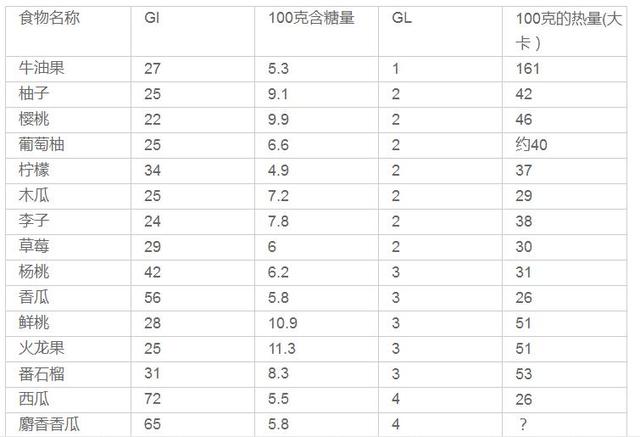
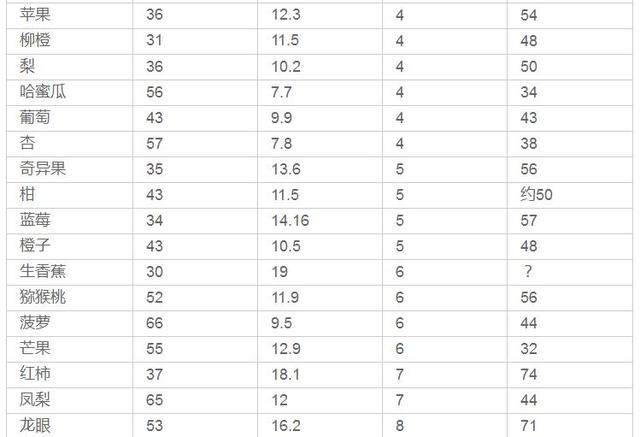

Generally speaking, it is better to eat less fruits with GI higher than 50 or GL higher than 5. If you are afraid of eating fruit affect blood sugar diabetic friends can choose to try to eat some fruit between meals as a meal, this time the blood sugar is lower or smoother, eating fruit will not cause too much fluctuation in blood sugar, but also to prevent hypoglycemia; you can also eat a small amount of fruit, do not more than 50g at a time, and eat a few more times, can be combined with the appropriate walking and exercise to consume sugar, smooth blood sugar.
Diabetes has no absolute dietary taboos, and the same is true for fruits. However, there are 3 principles that should be followed when eating fruits for diabetes: 1. learning to choose; 2. mastering the amount of food; 3. choosing the time. Learning to choose refers to the choice of low sugar fruit, such as grapefruit, strawberries, hawthorn, lemon, figs, oranges, apples, kiwi, papaya, pomegranate, etc., is not suitable for the choice of melon, sugar cane, persimmons, lychee, Golden Mango, durian, mango, coconut, jujube Qibao, etc.; mastery of the amount of food to be eaten each time to eat, basically the choice of suitable fruits do not exceed the size of their fists, and if the blood glucose is unstable itself, it will be even more! Early to eat less specific amount of food and choice can pay attention to the public number of diabetes family nutrition, send the name of the fruit, there will be a specific amount of food recommendations for reference; choose the time is generally not recommended to eat fruit at the same time as the meal (unless with a reasonable), it is recommended that the time to eat fruit to choose between the two meals and before going to bed. This is the basic principles and methods of eating fruit, in a word, there is no best, only better. Learn to control the total calories and balanced nutrition, there is nothing you can't eat. I wish those who care about sugar lovers a happy life!
Most fruits are sweet, so many diabetics are afraid to eat them for fear that their blood sugar will rise all of a sudden. However, in the case of stable blood sugar, diabetics are not completely unable to eat fruit, but also can be eaten in moderation. So, which fruits are preferred by diabetics?
In fact, since the main factors affecting blood sugar are the sugar content and glycemic index of foods, fruits suitable for diabetics should be those with relatively low sugar content and low glycemic index.
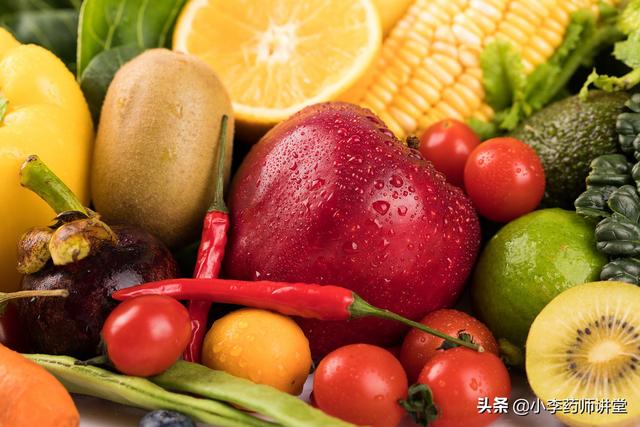
1. Low-sugar fruits
Generally speaking, fruits containing less than 10% sugar, i.e. less than 10g of sugar per 100g of fruit, can be called low-sugar fruits.
Common low sugar fruits include:Pomelo, oranges, lemons, peaches, loquats, strawberries, cherries, etc., for such fruits, or more suitable for sugar lovers, but also suitable for high blood pressure, high cholesterol, obese people.
Suggested Serving Size:With stable blood sugar, you can consume about 100-200 grams per day, and it is recommended that you consume it between meals, in multiple servings.
2、Medium sugar content fruit
Generally speaking, fruits with a sugar content between 10 and 20 percent are called medium-sugar fruits.
In daily life, most of the common fruits belong to low and medium sugar content fruits, such as apples, mangoes, apricots, figs, lychees, etc. When diabetics eat these fruits, they need to limit the serving size slightly.
Suggested Serving Size:Under the condition of stable blood sugar, it is recommended to consume about 100 grams per day, in addition, you should appropriately reduce the intake of staple food in the next meal to avoid exceeding the total calorie limit. Fruit is best eaten between meals, do not make juice and then eat.
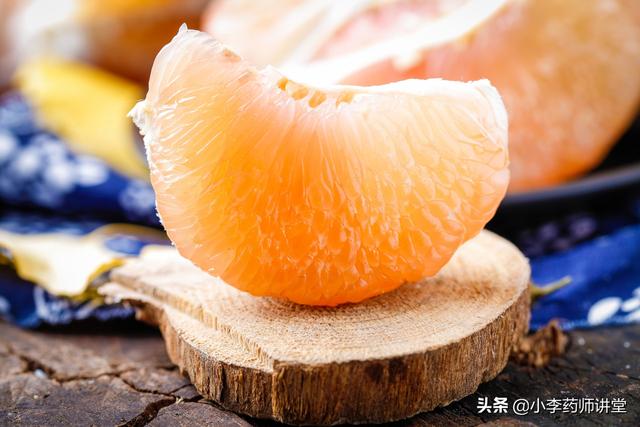
3、High sugar content fruits
Fruits that contain more than 20% sugar can be called high sugar content fruits. Most of these fruits are also sweeter.
Common high-sugar fruits, including:Dates, bananas, pineapple honey, cinnamon, durian, etc. Generally, the more ripe the fruit, the more pronounced the sweetness will be, which generally also means that its sugar content has increased a lot compared to the unripe ones.
Suggested Serving Size:High sugar content fruits, sugar lovers should try to avoid eating or eat as little as possible, especially when blood sugar control is poor, of course, if you just want to taste the flavor, eat a little, or not much to affect the health.
Therefore, the sugar content of the above fruits is actually just a reference for diabetic friends. For example, dates, green dates, red dates and dried dates, the sugar content of these categories is likely to be completely different.
Sugar lovers can refer to the glycemic index in books when choosing fruits, but this does not mean that the glycemic index of a certain fruit is fixed, when eating fruits, it is best to test your blood sugar more often, so that you can understand how it affects your blood sugar.
When blood sugar control is poor, such as when fasting blood sugar is always above 7 and two-hour postprandial blood sugar is often above 10, you can try to eat less fruit and replace it with vegetables such as tomatoes and cucumbers.
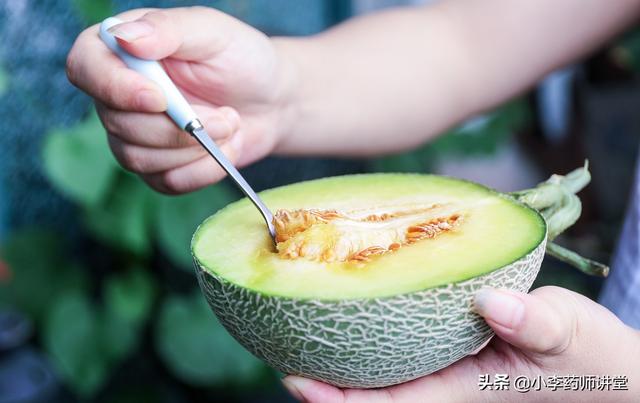
Fruit for diabetics
- Eat fruits when your blood glucose is well controlled, including when your glycosylated hemoglobin and postprandial fasting blood glucose are okay, for example, when your glycation is less than 7.5 mmol/L.
- Don't eat too much fruit at a time, it is recommended to limit it to 100-200 grams.
- Eat fruits in separate meals, for example, if you eat an apple, you can eat half at a time, half in the morning and half in the afternoon.
- Eating fruit can be combined with postprandial exercise, or physical labor, in order to burn off those sugars.
- Eating fruits needs to be accompanied by an appropriate reduction in the amount of staple food, starchy food intake.
- Try not to eat or eat less fruits with high sugar content such as dates and durian.
In short, for diabetics, whether low-sugar fruits or high-sugar fruits, is not absolutely can not eat, of course, high-sugar fruits as little as possible. Clinical generally recommended that diabetic patients between meals, eat half of an apple, pear and other low and medium sugar content of the fruit, so that the impact on blood sugar will not be too great.
Aunt Wu, 65, was hospitalized after fainting due to a rapid rise in blood sugar. Doctors tested her blood sugar as high as 26 mmol/L and gave her intravenous insulin to bring her blood sugar down before she slowly awoke.
Doctors asked her the reason for such high blood sugar, she herself is very confused, their own garden "noodle gourd" is ripe, they almost every day just eat noodle gourd, almost did not eat a lot of food, "noodle gourd" is not sweet, and not very sugary, how can the blood sugar will be elevated! I don't eat much food every day.
Many people have a misunderstanding that blood sugar will only rise if they eat something sweet, so many people ask me, "I haven't even eaten much sugar, how can I get diabetes?" "I just ate a plate of beef stewed potatoes, how can my blood sugar be so high, there is no sugar in it!" And so on.
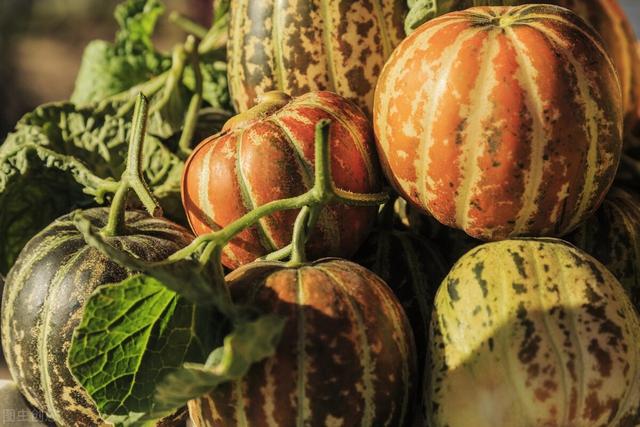
In fact, it is not necessarily "sweets" that lead to elevated blood sugar, a variety of starch-rich foods are also very important factors that lead to elevated blood sugar, such as Aunt Wu ate "noodle melon", "noodle melon" as the name suggests is very "noodle", which contains a lot of starch, but eating too much can easily lead to a spike in blood sugar. "As the name suggests, it is very "noodle", which contains a lot of starch, although it is not sweet to eat, but eating too much can easily lead to a spike in blood sugar.
Which fruits are preferred for diabetics?
Choosing fruits, first understand the glycemic index of fruits, which measures the speed and ability of carbohydrates in food to raise blood sugar. The lower the glycemic index, the slower the conversion to glucose is demonstrated, and the slower the blood sugar rises, too.The glycemic index is generally categorized into 3 levels, with those less than 55 belonging to low glycemic index foods; those 56-69 belonging to medium glycemic index foods; and those above 70 belonging to high glycemic index.
Many people think that the sweet fruit glycemic index must be high, not sweet certainly low glycemic index, in fact, this is not true, in aLow glycemic index fruits mainly include: cherries, dragon fruit, peaches, pears, apples, pomegranates, strawberries, grapes, fresh dates, tangerines, oranges, etc.; medium glycemic index fruits mainly include: papaya, melon, lychee, figs, pineapple, mangosteen, etc.; and high glycemic index fruits include: cantaloupe, pineapple honey, etc.
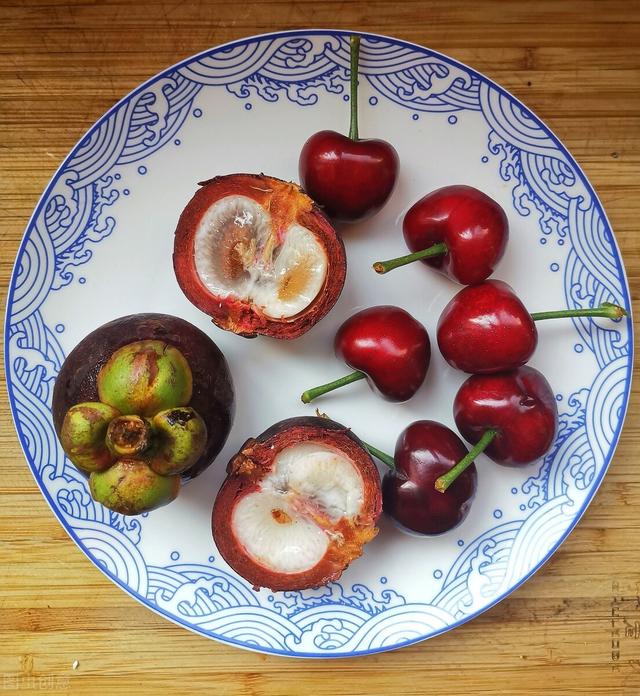
Fruit is good, but can not eat unlimitedly, even if the low glycemic index of the fruit eat too much, as usual, will make the blood sugar rise rapidly. Fruit intake should remember the 3 principles:
1. "Dietary Guidelines for Chinese Residents" points out that: every day to eat 200-350g of fresh fruit (including the part of the fruit can eat and can not eat the part), try to choose low glycemic index of the fruit, if you eat a lot of fruit, we must pay attention to the corresponding reduction in the amount of intake of staple food.
2. Do not eat too much fruit each time, not more than 200g at most. It is healthier to eat in separate meals, for example, you can divide the fruit you need to eat every day into 3-5 portions, and eat only one portion each time.
3. Eat fruit time to choose the right, preferably between meals, do not eat immediately after meals, eat fruit after a certain amount of physical labor, consume this part of the sugar!
Diabetics are most wary of excessive blood sugar fluctuations, so whether you eat fruits and vegetables or staple foods, be sure to eat small, frequent meals to try to mitigate blood sugar fluctuations and maximize protection of your patient's health!
I am pharmacist Li, every day and you talk about health, welcome to pay attention! If you still have questions about health, welcome to leave a message to consult, after seeing will be the first time to respond.
Fruits are not contraindicated for diabetics, just choose appropriately and control your intake. To say which fruits are preferred by diabetics?
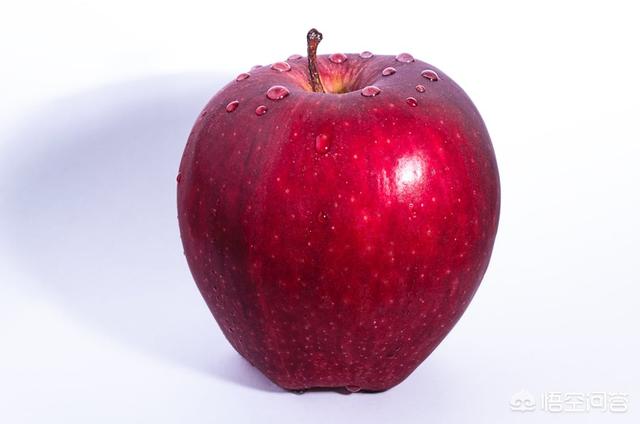
If diabetics could only choose one fruit to eat, I would definitely recommend apples. The reasons are as follows:
GI低
GI is the Glycemic Index, which can be used as a means of determining the effect of consumption on blood glucose. gi = total area of the plasma glucose curve 2h after the food meal/total area of the plasma glucose curve 2h after the equivalent glucose meal.
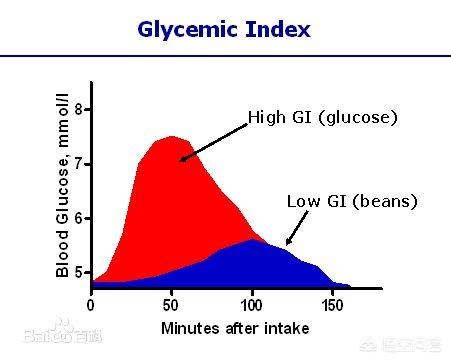
It can be seen that the higher the GI value, the faster the digestion and absorption after consumption, resulting in a faster rise in blood glucose, which is not conducive to the stabilization of blood glucose. When the GI value is less than 55, we call this food low GI food.
Apples, on the other hand, have a GI of 36, making them a low GI food.
easy weighing
When the diabetic blood sugar control standards and relatively stable, you can eat a moderate amount of fruit. But how much is the "right amount"? A daily intake of 200 grams is appropriate.
A medium-sized apple, on the other hand, has an edible portion just equal to about 200 grams. How big is a medium-sized apple? It is equivalent to an apple as big as a tennis ball. Knowing this reference standard, we can have a clear idea of how much to consume every day.
And, for the purpose of maintaining blood sugar stability, it is recommended that the 200 grams of fruit per day be consumed as an additional meal, 100 grams at a time in the morning and 100 grams in the afternoon, just about half an apple at a time.
accessible
Whether urban or rural, inland or coastal, north or south, apples are a readily available fruit. They are not easily affected by the seasons and can be eaten all year round. And the price is relatively economical and affordable for many families.
To summarize, if you can only choose one fruit as a choice for diabetics, I think apples are very appropriate.
Tian Jing, National Level II Public Nutritionist, Wang Xingguo Nutritional Special Training Class 5 students
Cherries, plums, fresh peaches, grapefruit, blueberries, avocados, pears, apples and other fruits do not have a high glycemic index and are suitable for diabetics.
Thanks for the invite!
Can diabetes eat fruit, has been the sugar lovers worry, when the blood sugar control in a smooth state, diabetics can eat some fruit. But pay attention to a few points.
①The amount you eat should not be too much, generally in your weight kilograms of the corresponding grams, for example, you are 55 kilograms of body weight, then it is best to eat up to 55 grams, a time to eat less, eat in small portions.
② Choose foods that contain no more than 10 grams of sugar per 100 grams of fruit. And low glycemic index (GI) or low glycemic load (GL). It is important to make a comprehensive judgment.
Fruits containing less than 10 grams of sugar per 100 grams include: cucumber, watermelon, orange, grapefruit, lemon, plum, apricot, strawberry, kumquat, cherry and loquat. These fruits generally provide 20-40 kilocalories per 100 grams.
The numbers speak for themselves.
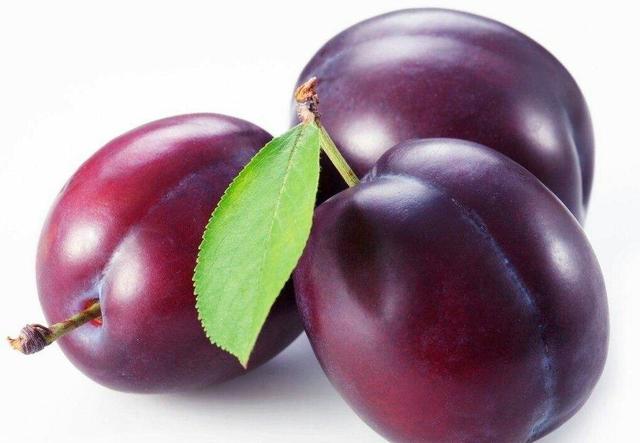
plums
Energy 38kcal/100g Carbohydrate 8.7g/100g Dietary Fiber 0.9g/100g GI Index 24 (Low)
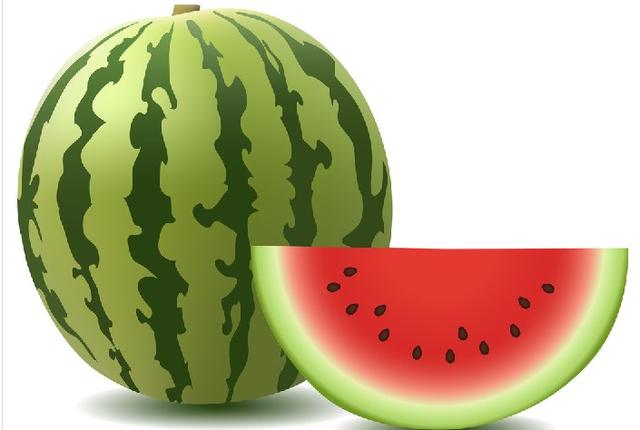
cantaloupe
Energy 26kcal/100g. Carbohydrate 5.8/100g, Dietary Fiber 0.3g/100g GI index high 72 but GL low
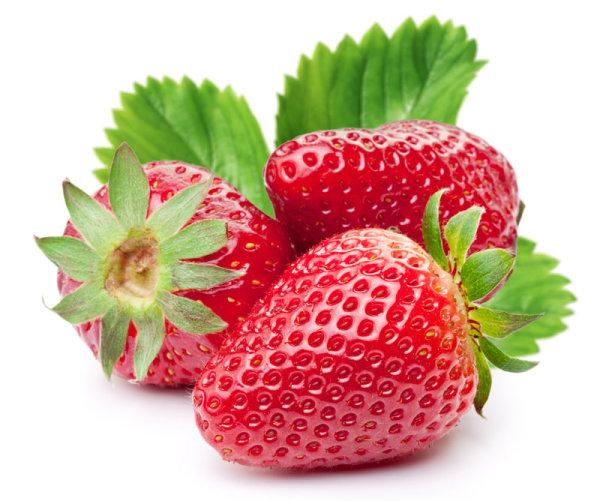
love bite
Energy 32kcal/100g Carbohydrate 7.1g/100g,Dietary Fiber 1.1g/100g GI Index 32(Low)
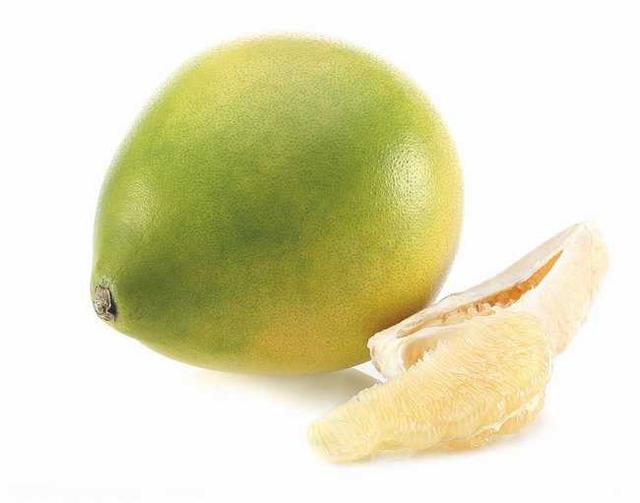
pomelo (Citrus maxima or C. grandis)
Energy 42kcal/100g Carbohydrate 9.5g/100g,Dietary Fiber 0.4g/100g GI Index 25(Low)
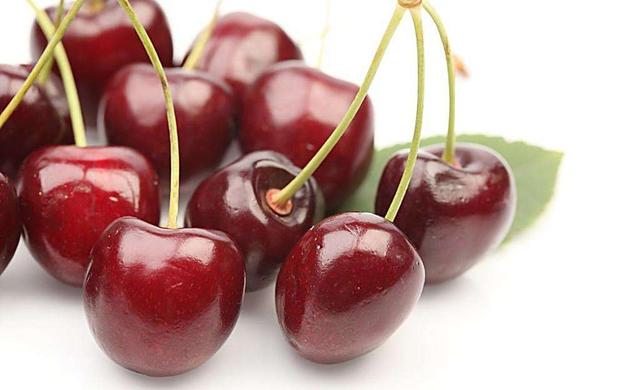
pears
Energy 46kcal/100g Carbohydrate 10.2g/100g,Dietary Fiber 0.3g/100g. GI Index 22(Low)
I won't list them all below.
This question and answer are from the site users, does not represent the position of the site, such as infringement, please contact the administrator to delete.